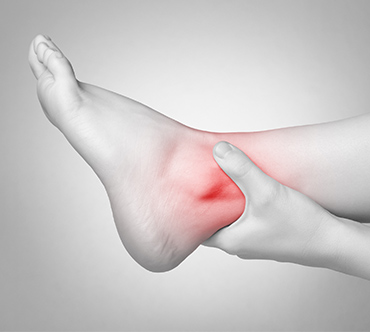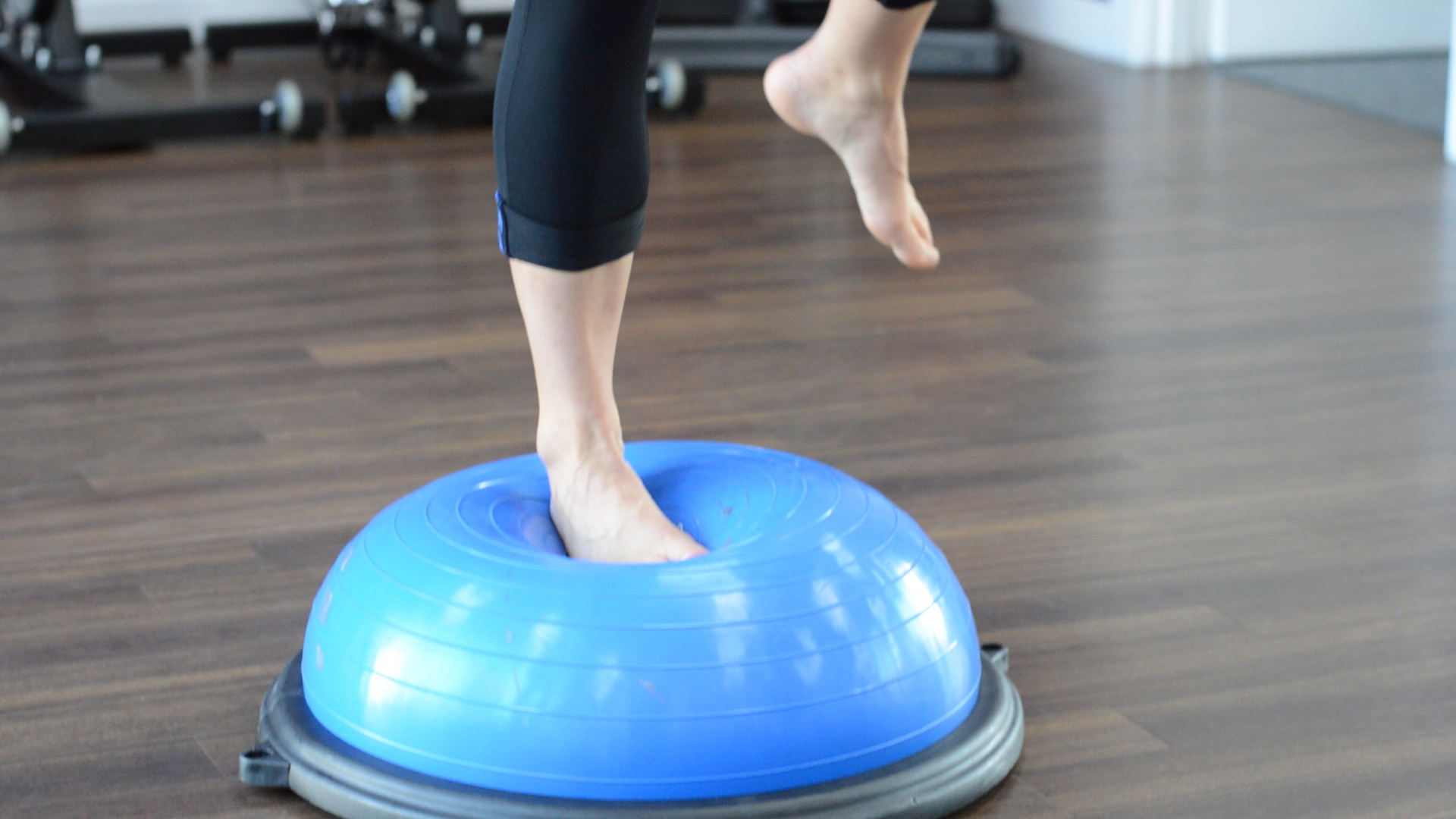Management of ankle instability (Recurrence ankle sprain)
As we discussed in the initial post, Ankle sprain treatment – rehabilitation (phase 2) Ankle sprains are one of the most common injuries in sports such as (Basketball. Soccer, and Volleyball). It is one of the most prevalent injuries of the musculoskeletal system.
In Addition, ankle sprain has a very high recurrence rate and 20% of the general population and 30-50% of the athletic population will go on to suffer from chronic ankle symptoms (pain, swelling, and lack of stability). This has been known as chronic ankle instability (Read more).
An ankle sprain is never so simple in recovery. Research shows that 25% of people still have pain 6 months after a lateral ankle sprain, and over 30% of people reporting regular pain, swelling, and recurrent injury up to 7 years after the initial injury (Read More).

We have highlighted 2 contributing factors in the development of chronic ankle instability.
1- Very few individuals will seek medical help (physiotherapy) after an ankle injury/sprain. (Rest is not a long term recovery plan).
2- Most people prematurely return to sport after the pain and swelling reduced. (Not following a complete physiotherapy program (Read More).
How can you reduce the chance of recurrence of an ankle sprain?
To reduce your chances of re-injury, it is recommended that an intensive period of physiotherapy and strengthening is performed for at least 6 to 10 weeks. Following up with progressing your rehabilitation program with the use of tape or brace for training and games for at least 6 months (Read More).
1) Exercise Therapy: Exercise therapy when performed in high doses (>900mins) significantly reduced the chances of recurrent of the ankle sprain by 42%. Furthermore, exercise therapy significantly improved function following the primary ankle sprain.
– 900mins sounds like a lot, but when broken down is very achievable:
– 5x30mins per week = 150mins per week
– 150mins per week x 6 weeks = 900mins
or
– 3x30min per week = 90min per week
– 90mins per week x 10 weeks = 900mins

2) Use of Bracing/Taping: Significantly reduced the risk of the recurrent ankle sprain by 62%. It is currently recommended that a brace be worn on the injured ankle, or that it is taped for every game or training session for at least 6 months following the initial ankle sprain.
Take-home messages:
1) Ankle sprains are not so simple, and rest not gonna help you to fully recover. (Start your rehabilitation now).
2) The absence of pain and swelling does not mean that you’re ready to return to sport. The subtle losses of strength, ROM, proprioception, and balance do not magically reappear once your pain has gone.
3) Make sure you see a physiotherapist and COMPLETE your rehab; 6 to 10 weeks of regular strength, balance, stretching, plyometrics, and agility should be considered a non-negotiable part of the rehab plan.
4) Ensure that you brace or tape your ankle for only training and games for at least 6 months following your sprain.
5) Like every injury, the decision to return to sport following an ankle injury should be based on performance criteria such as strength, balance and hop tests rather than time-alone or the absence of pain.
FOLLOW US ON YOUTUBE AND GET ACCESS TO OUR WEEKLY FREE REHABILITATION EXERCISES.
Our Approach
Dublin Sports Injury Clinic is a Physical Therapy Clinic based in Pearse Street, Dublin 2. We have a holistic approach to our assessment and treatment. The initial assessment helps us to explore the cause of your injury and help you to get pain free shortly and stop any further injuries. We will design a customized training program for you to start with, and we will coach you and monitor your progress closely. We will prescribe relative rest or modified activities as required. Depending on the individual requirement, we apply manual therapy accompanied by stretching to restore tissue elasticity and reduce the strain in the muscle-tendon unit with joint motion.
Next step
Want to get in touch with our team of the therapist or you are looking for some advice? Simply fill in your details below & we get in touch with you shortly.
Disclaimer: This article is for information only and should not be used for the diagnosis or treatment of medical conditions. You can contact us if you would like to book an appointment or get some advice from our therapist.

